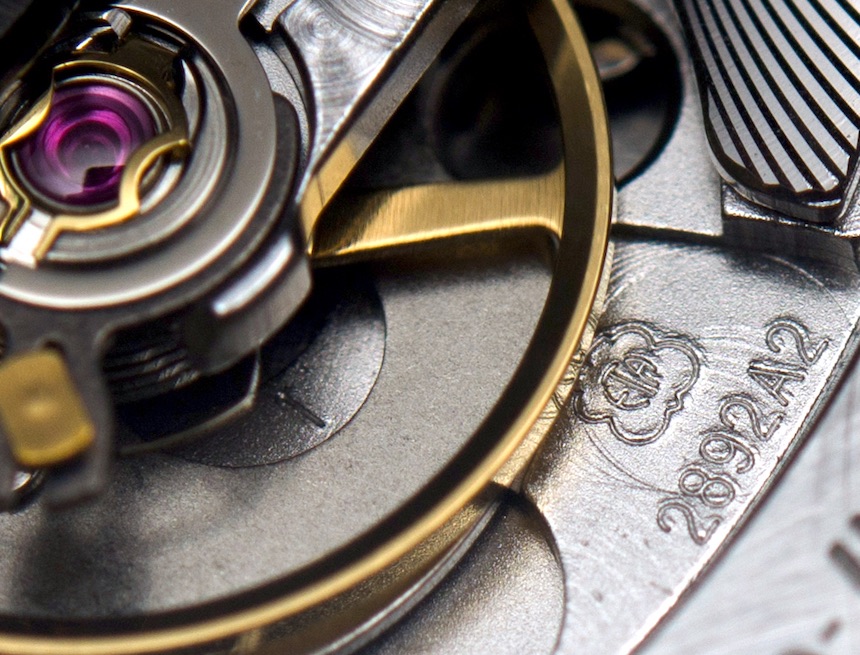
This article will explain a series of cause-and-effect events which led to a particular situation in the world of the timepiece industry today. The modern luxury watch industry finds itself in a few extremely difficult positions from a marketing, distribution, pricing, and sales perspective – and to a large degree, they aren’t sure what to do about it yet. Anyone who studies history will quickly tell you that good intentions don’t always work out as planned. My basic theory in this article is that the push for many watch brands to produce their own (“in-house-made”) movements resulted in a complex spiraling of events which severely bloated costs, egos, volumes, and expectations to a likely breaking point, mostly in the European luxury watch industry.
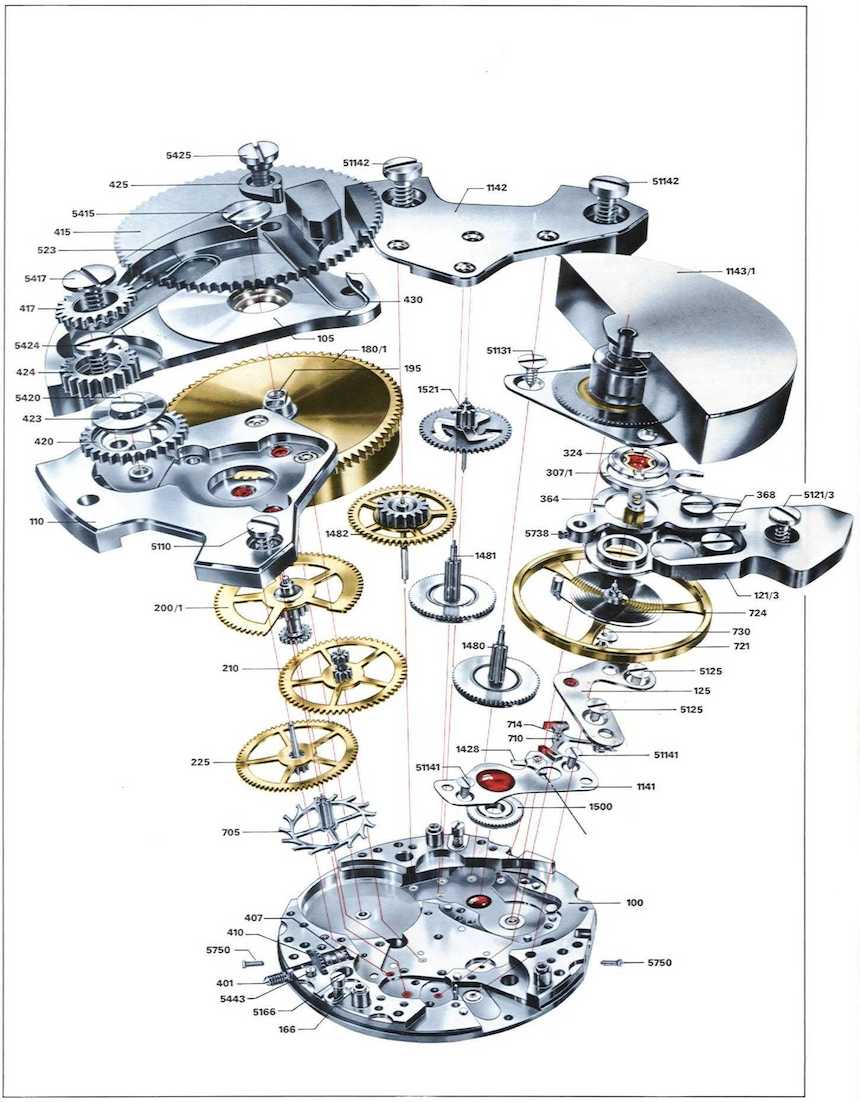
It is my opinion that the nature and causality of many of these seemingly unrelated situations (which are actually related) are still unknown to all but a few highly observant people within the industry who truly have their finger on the luxury watch industry’s pulse (even though many of the component pieces are widely known among industry professionals). Moreover, I don’t claim any parties have intended the following outcomes, but what you see is rather pure psychology and economics at play as various stakeholders and entities attempted to react and respond to a shifting business environment.
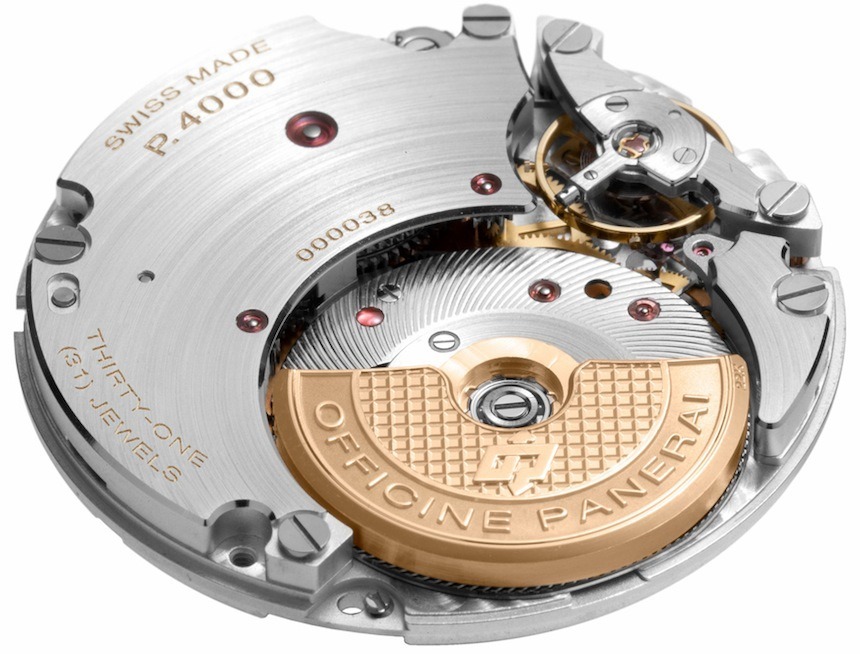
Furthermore, this topic is very complicated, and I don’t claim to know each and every relevant fact. With that said, I believe that I know enough of the larger picture to begin what I hope is a productive conversation within the watch industry. My hope is that that will lead to more awareness of these issues, healthy conversations, shifts in attitude, and eventually ameliorative plans for the future that will help the luxury watch industry return to a state of relative growth and business stability.
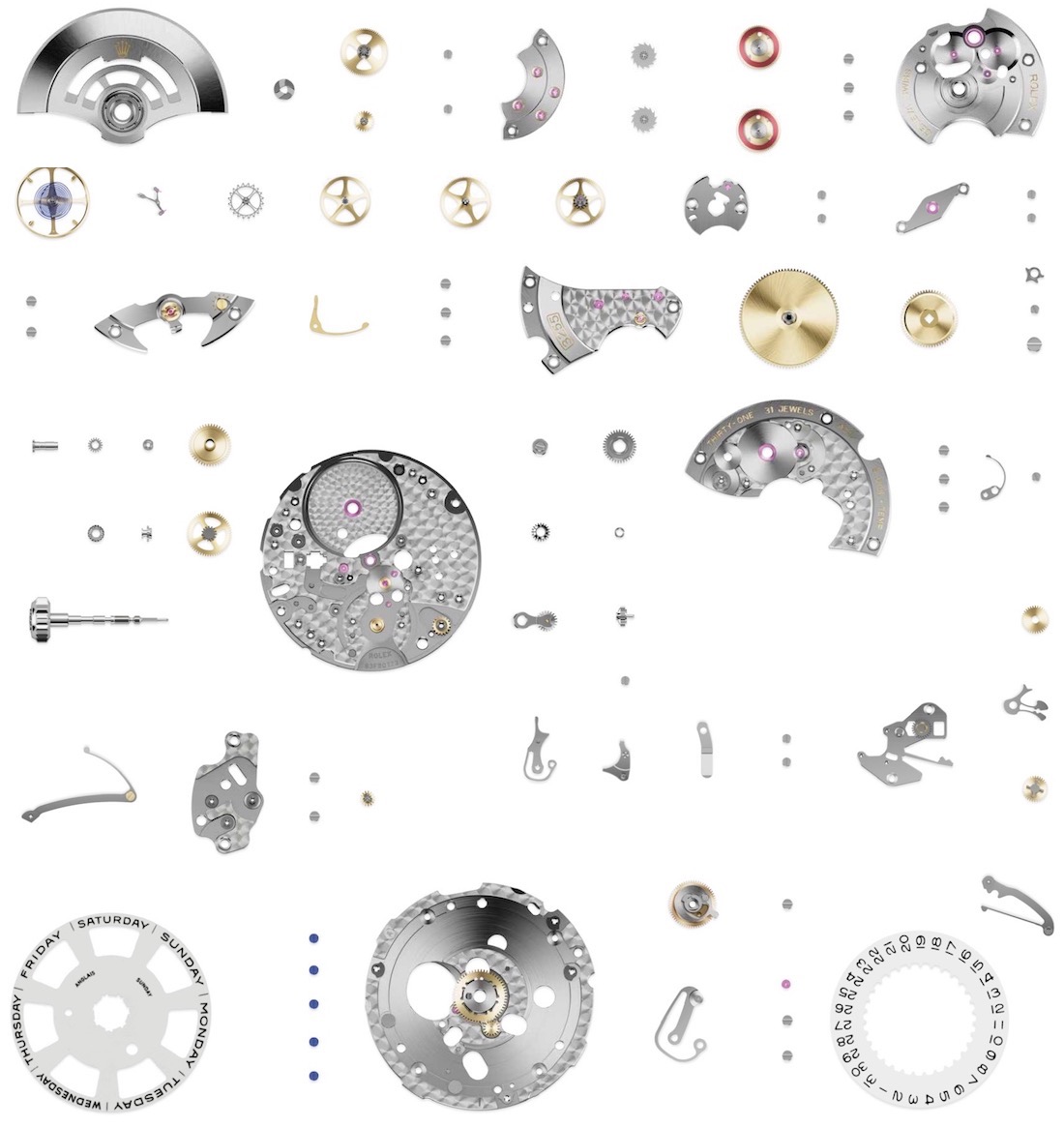
The core of the issue is that many companies in the watch industry over the last 10-15 years needed to vastly increase their revenues. They needed this not out of a sense of pure greed (as is often claimed), but rather in response to rapidly increasing costs, as well as shareholder expectations for many brands. There will be missing elements to this overall examination of the problem as I see it – so I encourage those who see opportunities to add important information to please do so constructively in the comments or to contact us so that we can amend and refine this article. I hope the following to be an illuminating discussion about why the watch industry today needs to make fundamental changes in order to have a bullish future. The good news is that an optimistic future is possible, perhaps even easy, but only if the industry as a whole admits and responds meaningfully to the challenges that it faces. Let’s start by talking about the unlikely culprit: the pursuit of making modern watches more interesting and unique.
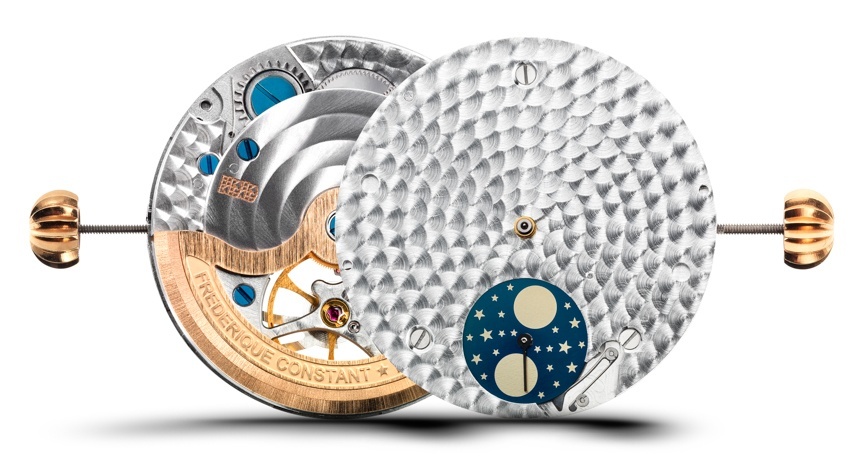
The Appeal Of The In-House-Made Movement
One of the biggest factors any potential watch buyer must face when buying a new timepiece is whether the movement inside of the watch is produced “in-house” (all or in part) by the company whose name is on the dial, or if that company purchased the movement (all or in part) from a third-party supplier. The engine which powers a mechanical watch is known as its movement (electronic watches often use the same term). It is a necessary component, of course, which while often eclipsed in performance by electronic digital technology, is still extremely complex and expensive to manufacture successfully.
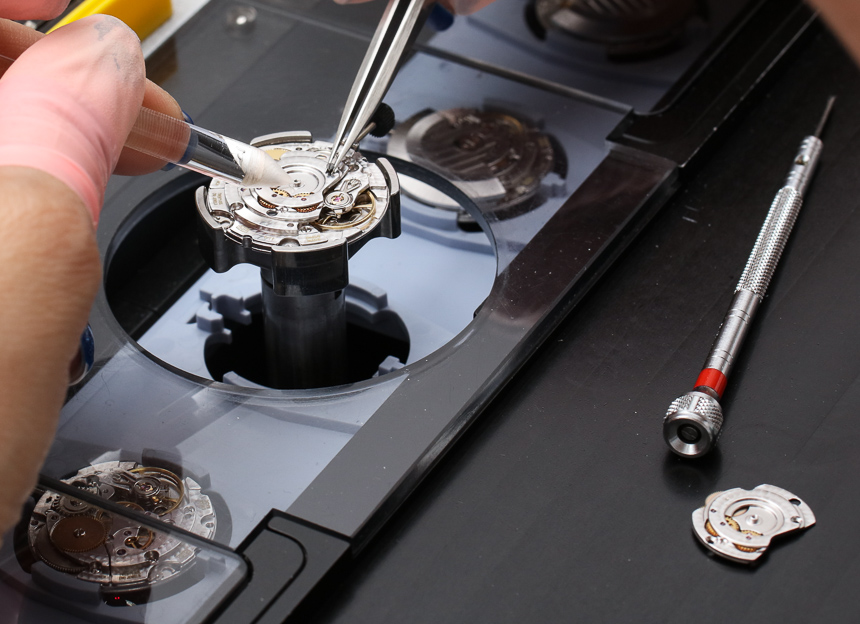
Further, in order to be cost-effective, mechanical watches – like any other machine – typically require a large economy of scale. This becomes easy to understand if you compare it to the car industry, where the entire goal is to reduce costs through production efficiency and volume, necessary to recoup significant R&D and production costs while still offering a profit margin. Even simple mechanical watch movements contain over 100 parts. These components are produced from an array of metals and other materials, require different machines to produce (sometimes many), and to be done correctly also require being subjected to tedious quality control standards.
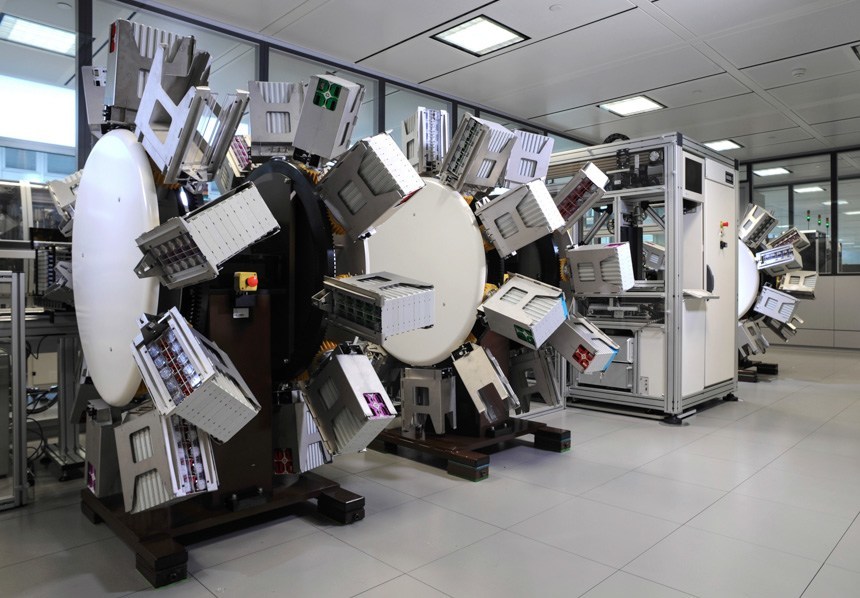
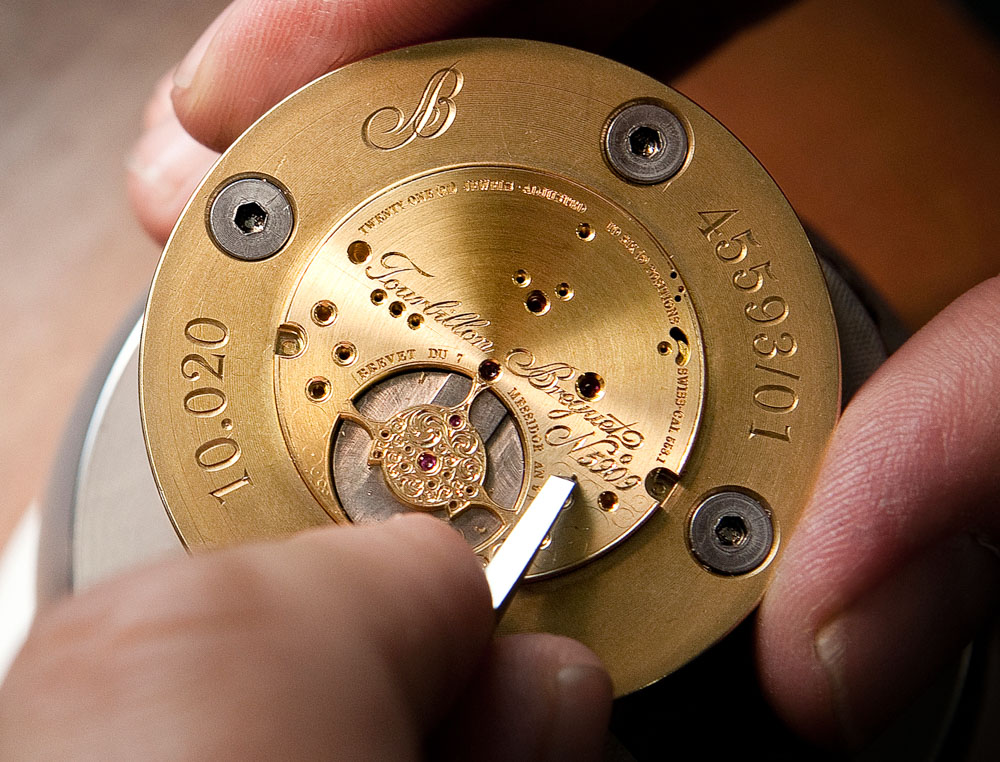
Don’t forget that luxury watch movements are also given an artistic touch. The parts of many high-end mechanical movements are decorated by hand with various artistic polishes or even hand-engraved art. It is this craftsmanship applied to performance machines (which is what a watch movement is, only in miniature) that is for many enthusiasts at the heart of why a mechanical watch is emotionally valuable. Going back to the car industry, one can more easily understand the importance of having an economy of scale. The cost of a small production automobile is vastly higher than the cost of a more mass-produced luxury car – just compare the cost of a Lamborghini to a Mercedes-Benz. Even though the Lamborghini doesn’t offer five or six times the car as a typical Mercedes-Benz, it can cost that much. With that said, even though the Lamborghini costs a lot more given the amount of profit the manufacturer must get from each unit, it can be more original in design and have more nuanced attention to detail because there is less pressure to build as many as quickly. Thus, you have a good example of why some cars can cost a lot more than others even though the value they offer is, in many regards, quite similar.
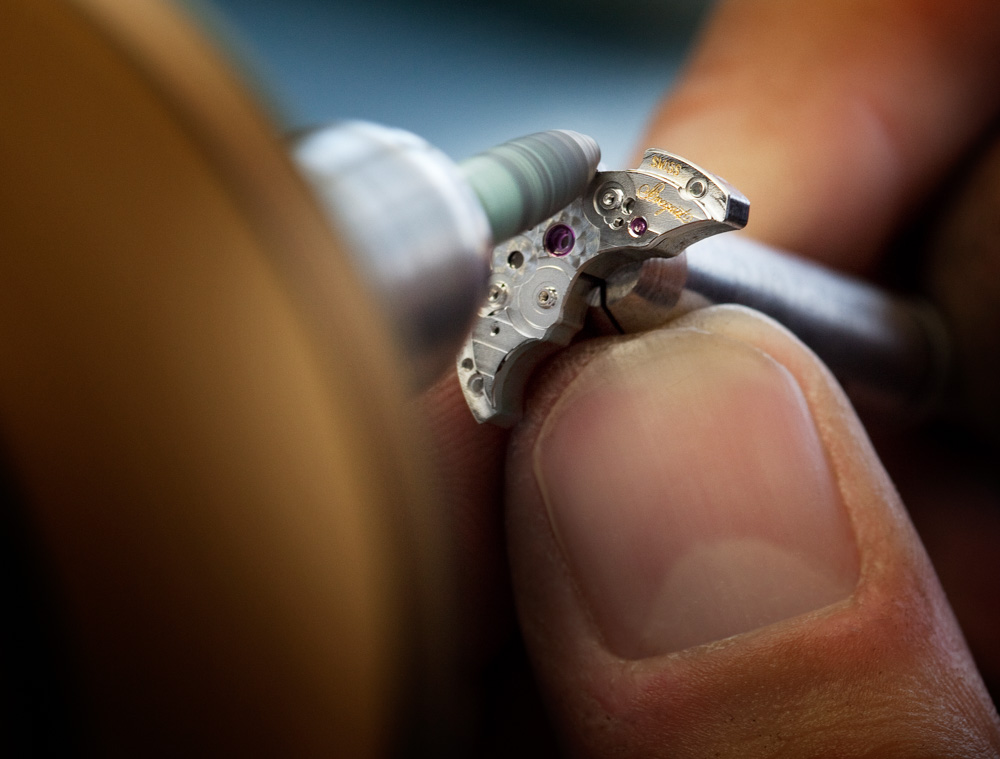
Consider what would happen if Mercedes-Benz decided to quickly, over the course of a few years, edge toward Lamborghini pricing without producing fewer cars, offering more originality, and actually in some instances producing more units? That probably doesn’t sound like a wise goal, but it is almost exactly what happened in the luxury watch industry.
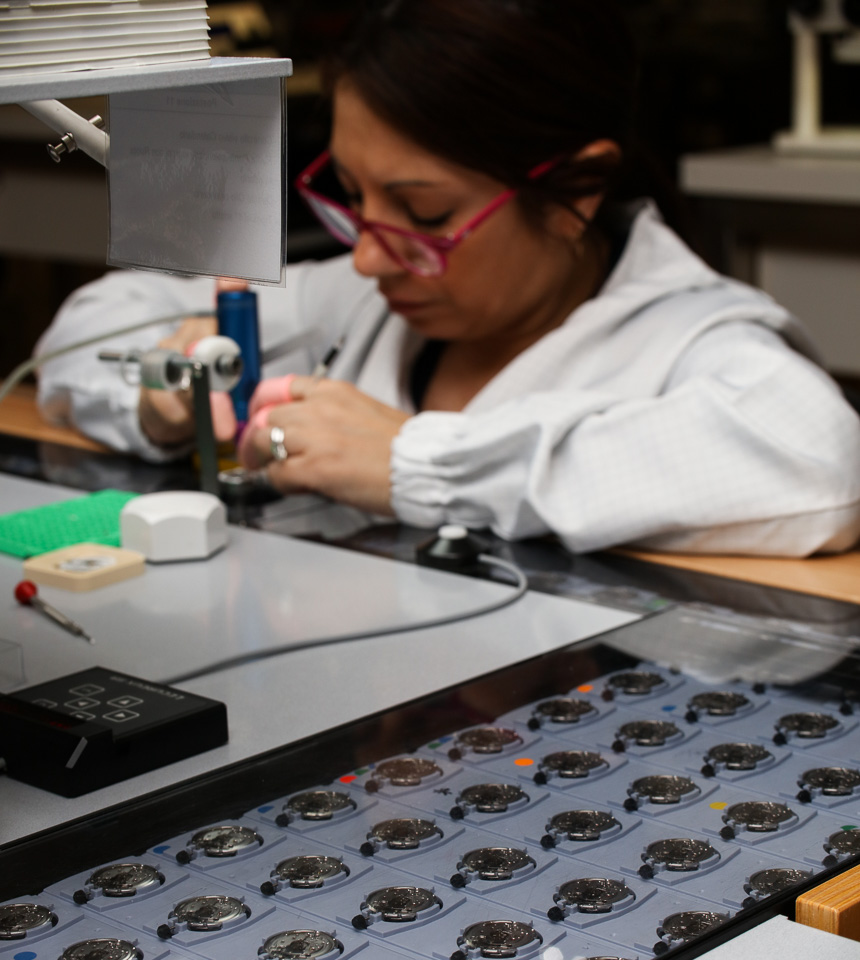
What was different, however, in the watch industry is that Mercedes-Benz (in this example assuming it was a watch company) didn’t make its own engines, but rather purchased them from “Big German Engine Company.” Trusted by a lot of other regional car companies, “Big Germany Engine Company” was regarded as making common, but reliable and decent-quality engines with pretty much the best technology around applied to mass-produced engines. Such a company would be ETA in the watch world. aBlogtoWatch’s David Bredan wrote a nice history of ETA here, which I recommend you look at now if the company’s history isn’t something you know a lot about. More on that below.

For much of the re-birth of the Swiss watch industry after the “quartz crisis” in the 1980s, ETA produced most of the movements contained within the cases of “Swiss Made” watches. There were a handful of companies that produced their own movements, and they tended to charge a bit more than watches that contained ETA movements.
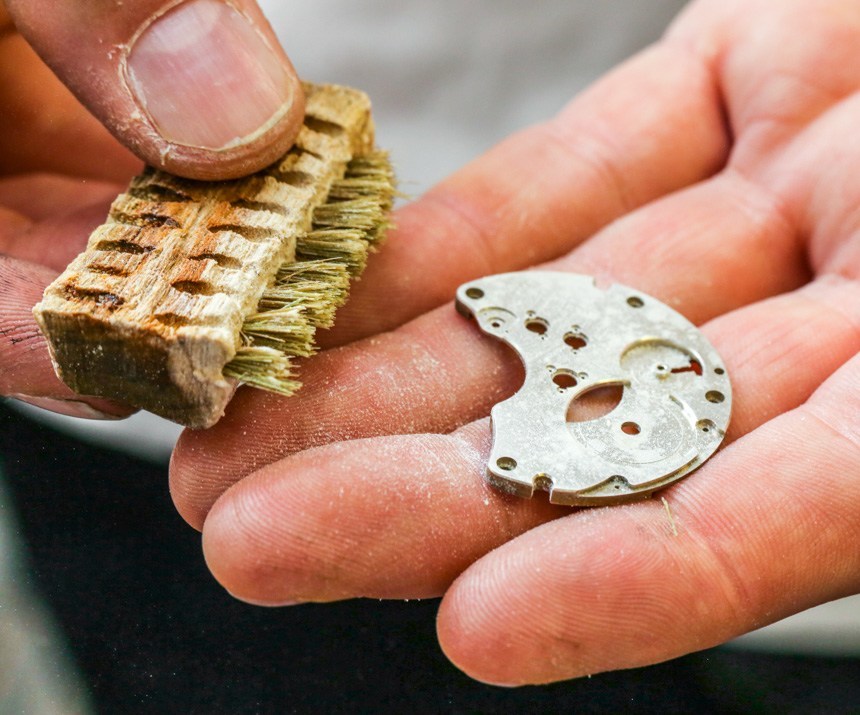

Why did some companies produce their own movements and not buy from ETA? There are a number of answers to this question, but for the most part it is because ETA was a third-party supplier with a catalog of particular items to choose from. If you wanted something ETA didn’t make, you’d need to either be really charming or make it yourself. Given that ETA is focused on the most popular and simple movements to mass-produce, exotic or complicated watches would need to be produced by relative specialists. What only a few companies did (aside from the Japanese, of course) was to also mass-produce relatively simple movements that overlapped with what ETA also produced. Why would they?
To set up a factory, buy the machines, hire the people, and try to manage such an operation would not only be complicated and time consuming, but really expensive. What’s more, for a factory to make money, it needs to make parts and then sell them in order to fund the entire operation. Therefore, the business impetus of a company with a factory is to always keep the workers busy in order to make something that can be sold. This is the simple economics of most manufacturing industries, but in many instances those principles are counter to the economics of luxury watches. To be a true watch manufacture in today’s day and age is clearly not always a good idea, and requires a delicate mixture of supply and demand to keep it going – meaning just enough watches are made that they can be all sold, without over-production.

What makes so much sense about ETA supplying movements to multiple companies is that the risk of producing more watches than the market can buy is relatively low. If anything, just the opposite could happen that would increase rarity and thus value – something any luxury company dreams about.

Now enters an interesting psychological irony: watch collectors tend to find watches with in-house-made movements a bit more appealing than those with “sourced” movements. However, price has a huge part to play in this. Watches with movements made by the company whose name is on the dial certainly have a richer prestige value as they are seen as more “enthusiast.” If a company that makes cars also makes the engines, then they are seen as being more “serious” about making cars. Perhaps they are just more interested in controlling costs (e.g., the Japanese watch industry), or they are interested in demanding performance specifications that only they can achieve. Better yet, the company makes their own movements because they have some special secret or proprietary technology/technique which allows their products to be uniquely desirable on the market.
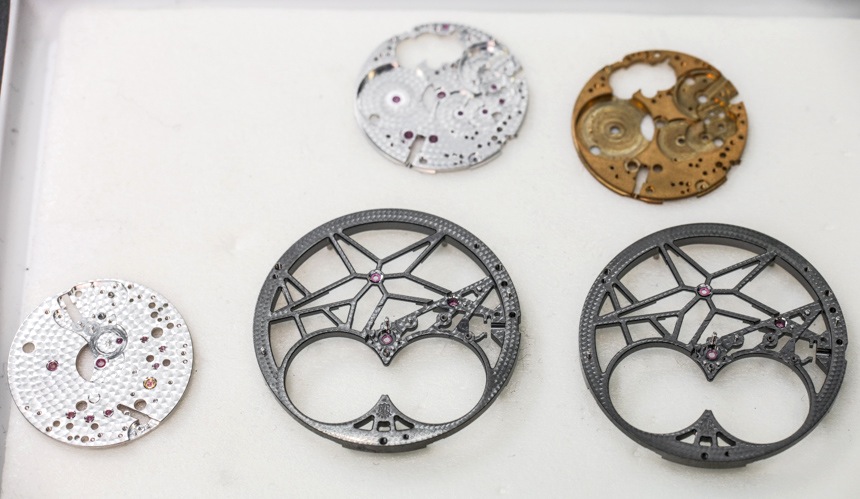
Apply this to the watch industry today where new products are mostly purchased for emotional versus utilitarian reasons, and you have an interesting story of passion versus practicality. The reality is that in the watch industry there are almost negligible performance or utility gains from producing your own movements versus purchasing them from a quality supplier like ETA or, for more high-end calibers, like Vaucher (manufacture visit article here). By that I mean for the same money as buying a movement from ETA, almost no company can produce a movement that does more or performs better. Moreover, it isn’t like vastly more expensive mechanical watches are more accurate or reliable. In most instances, they are simply more exotic and attractively decorated as compared to more mass-produced movements. Thus, producing in-house movements does not give most watch makers the ability to claim to consumers that for similar (or even higher) cost their watches do significantly more, or offer real-world value over those with sourced movements.
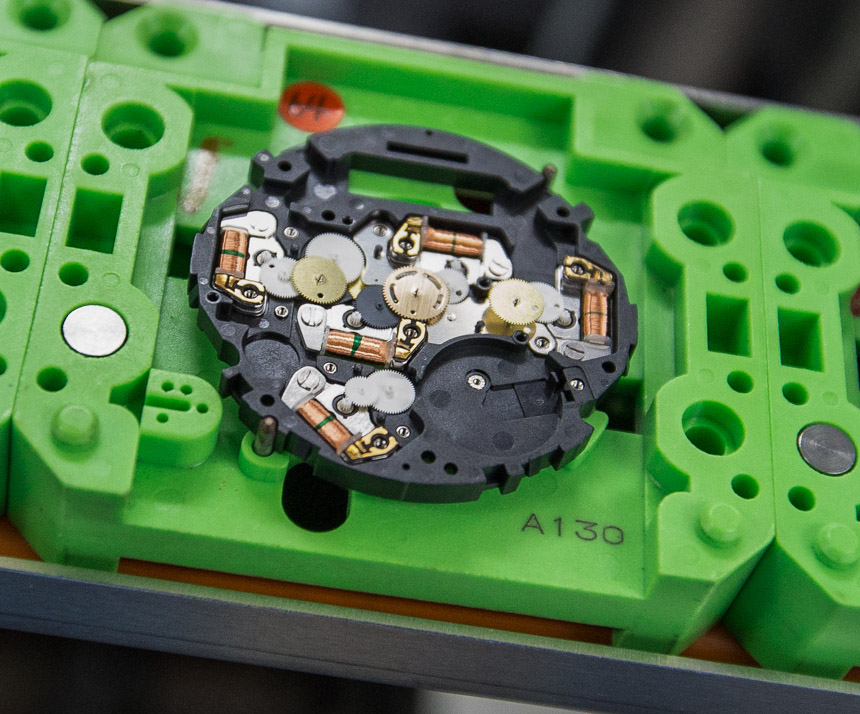
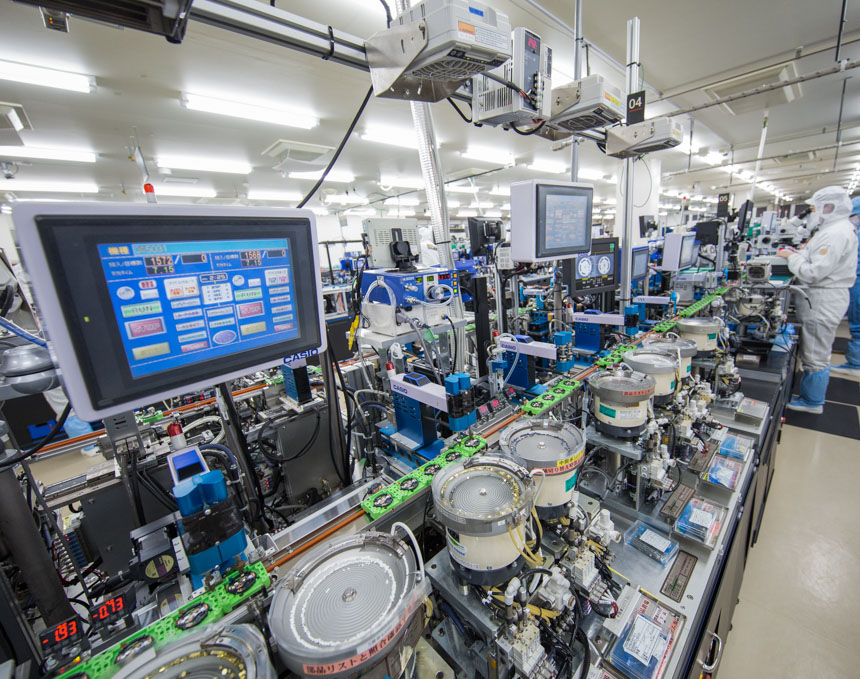
The quartz crisis/revolution was when less-expensive and vastly better-performing quartz movements rendered their mechanical ancestors technologically obsolete. The quartz crisis was also the time when this pivotal shift in perceptions took place, and by that I mean a shift from widely seeing mechanical watch production as the art of producing tools and instruments, to it being the art of producing an artisanal, luxury-item craft. This shift made the value of a movement its aesthetic qualities and story versus its performance. Performance – accuracy and reliability – is emphasized in today’s luxury watch industry only to the extent that it has a marketable, salable story (which it often does).
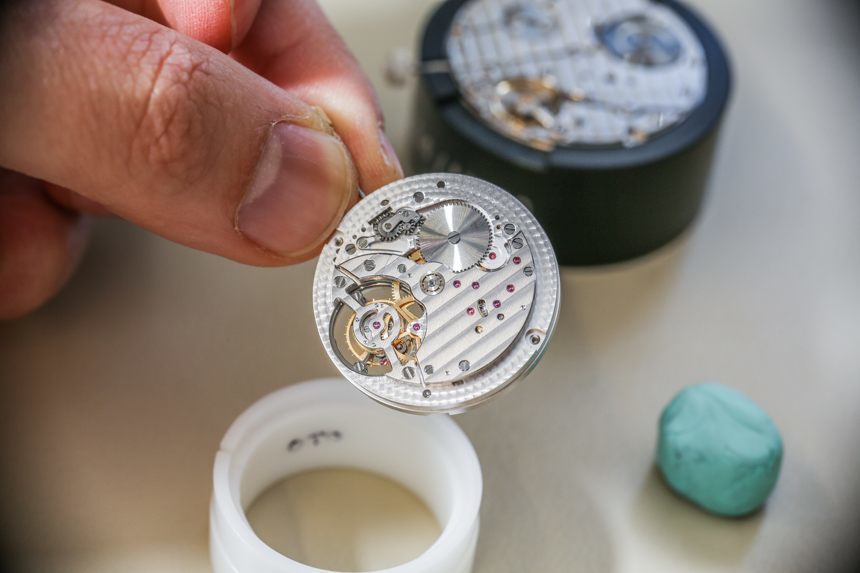
I say all this to explain why today’s luxury watch environment makes the in-house movement appealing to buyers, given the reasons they are buying mechanical watches (for status and emotion, not performance and functionality). With that said, I will posit here and now that at a particular low price threshold, the fact that a mechanical watch has an in-house-made or sourced movement is mostly irrelevant. However, when there is a desire to increase the price of a watch, including an in-house-made movement is likely necessary. In other words, in order to sell more expensive watches it could be suggested that one tactic is to use in-house movements. Now, let’s explore a situation that didn’t just create an incentive to produce in-house-made movements, but in many instances made it a necessity.
